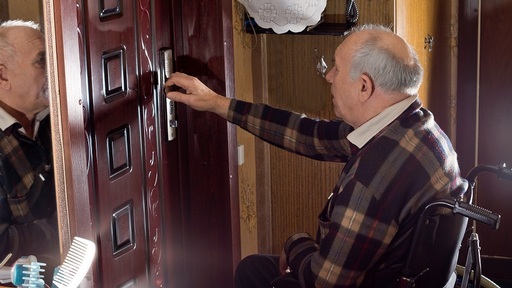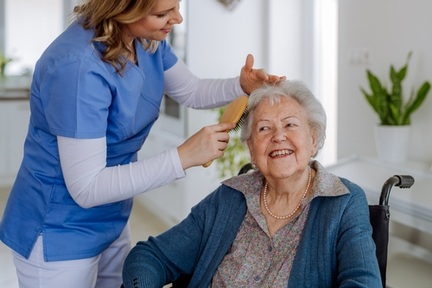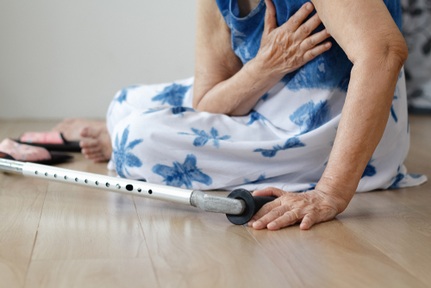Over two million people aged over 55 live in a dangerous home
More than two million people aged over-55 are living in a home that is dangerous to their health, according to a report by the Centre for Ageing Better.

Some 4.3 million homes in England are posing a serious hazard to the health or safety of those who live in it, according to the report into non-decent housing in the country.
The report 'Home and dry: The need for decent homes in later life' was written in partnership with the charity Care & Repair England.
The report highlighted that between 2012 and 2017, the proportion of people aged 75 or older living in a non-decent home actually increased.
The Centre for Ageing Better stated: ‘Poor housing can cause or worsen health conditions, reduce a person’s quality of life, exacerbate inequalities and can even result in premature death.
‘Without action, millions of people will continue to live in conditions that put their health and wellbeing at risk’, Duncan Selbie chief executive of Public Health England said in a foreward to the report.
By 2043, it is estimated the number of people aged 65+ will rise to around 16 million. With a rapidly aging population in England, homes where the oldest person is aged over 85 are now the fastest growing household type.
The report stated ‘This longer life should be a cause for celebration but the reality is that people in later life are more likely to live in homes that need repairs and modifications.’
The document is based on analysis by the Building Research Establishment (BRE) of the English Housing Survey (EHS) data (published in 2019).
According to the report ‘the vast majority of people will live all, or nearly all, of their lives in ordinary housing that was not built specifically for a particular age group (contrary to commonly held assumptions that most older people live in specially designed retirement housing or care homes).
‘This includes 96 per cent of today's over 55-year-old households who live in mainstream homes.’
The cost of poor housing to the NHS alone is estimated to be £1.4 billion a year.
Poor quality housing is not an inevitability, the report stated.
It highlights the case of a 78-year-old woman referred to in the report as Mrs Lime.
Mrs Lime was recently widowed and lived in her own small terraced property which she owned. She had no savings left and was living on a small pension. Mrs Lime had a fall and was waiting for a knee replacement operation.
Her roof was leaking and so she approached a home improvement agency for help.
When the technical officer assessed the property they also found problems with her gas boiler and pipes leaving Mrs Lime without adequate heating.
A locally-funded repair grant (repayable when the property is finally sold) was secured and the home improvement agency supervised renewal of the roof and repairs to the gas boiler and pipe work.
The report stated:“These changes meant that Mrs Lime was able to keep her home warm and continue to live safely and well at home.”
The report recommendations include:
• Making improvements to the thermal standards in current homes a central tenet of national Government policy.
• Creating and supporting new funding mechanisms to enable low-income homeowners, particularly those with health conditions to bring homes up to basic standards of decency.
• Giving local authorities power, resources and capacity to address non-decent homes in their communities, including taking action against landlords and effective support for retrofit and area renewal.
• National and local government ensuring availability and access to organisations that support homeowners to maintain and improve their homes, such as home improvement agencies, handyperson services and energy efficiency schemes.
Latest News
 29-Jul-24
Dementia Bus gives carehome.co.uk staff insight into life with dementia
29-Jul-24
Dementia Bus gives carehome.co.uk staff insight into life with dementia
 27-Jul-23
UK's top home care agencies in 2023 revealed
27-Jul-23
UK's top home care agencies in 2023 revealed
 30-Nov-22
A quarter of older people keep their falls secret from family
30-Nov-22
A quarter of older people keep their falls secret from family
 29-Nov-22
'Covid-19 has not gone away' say terminally ill
29-Nov-22
'Covid-19 has not gone away' say terminally ill
 28-Nov-22
IT consultant who received poor care opens 'compassionate' home care business
28-Nov-22
IT consultant who received poor care opens 'compassionate' home care business